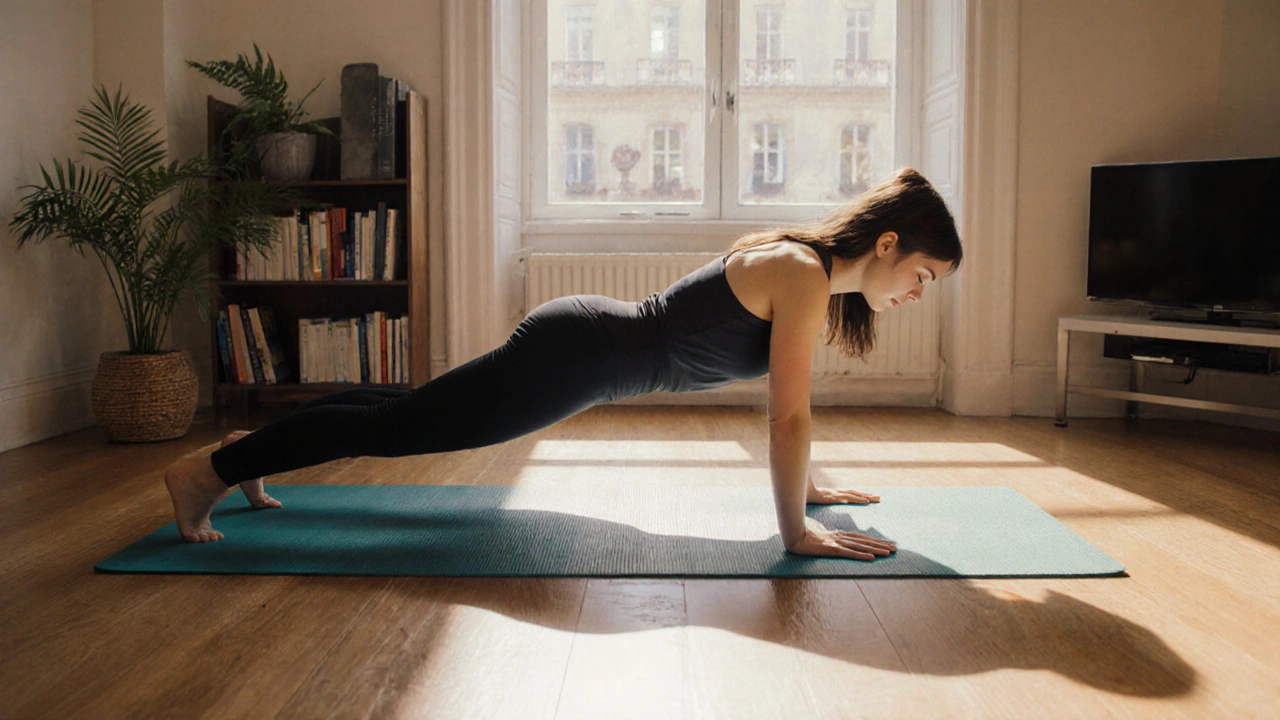Posture Improvement Made Simple: Feel Better in Minutes
Ever catch yourself slouching at the desk or hunching over the phone? Bad posture isn’t just a look‑problem – it can cause neck pain, headaches, and low energy. The good news? You can fix it without a pricey chiropractor or hours in the gym. Below are practical steps you can start using right now.
Why Good Posture Matters
When you sit or stand tall, your spine stays in its natural curves. Those curves let muscles and joints work efficiently, cutting strain on the neck and lower back. Studies show people with good posture breathe deeper and report less fatigue. In everyday life, better posture makes you appear more confident, which can even influence how others treat you.
Everyday Moves to Fix Your Posture
1. Reset Your Pelvis. While standing, imagine a bowl of soup on your hips. Gently tuck your tailbone under until the soup doesn’t spill. This aligns your lower spine and removes the anterior tilt that leads to back pain.
2. Shoulder Blade Pinch. Pull your shoulder blades together and down, like you’re trying to hold a pencil between them. Hold for five seconds, release, and repeat ten times. This counters the forward‑round shoulders many of us develop.
3. Desk Setup Hack. Keep your monitor at eye level, elbows close to the body, and wrists straight. If your chair is too low, place a small cushion on it so your hips are slightly higher than your knees.
4. Wall Test. Stand with your back against a wall, heels about two inches away. Your head, shoulder blades, and buttocks should touch the wall. If you can’t, you’re likely slouching. Use this as a daily reminder to straighten up.
5. Stretch the Chest. Stand in a doorway, place forearms on the frame, and step forward gently. You’ll feel a stretch across the front of your shoulders and chest, opening up space for the upper back.
6. Core Activation. Engage your belly muscles by drawing your navel toward your spine without holding your breath. A strong core supports the spine and reduces the urge to slump.
Try incorporating two or three of these moves into your morning routine and again before bed. Consistency is key – your muscles will start remembering the correct alignment and you’ll notice less soreness.
Beyond exercises, watch the small habits that creep into your day. When you’re on the phone, hold it up to eye level instead of craning your neck. When reading, use a book stand or hold the pages higher. And don’t forget to move – set a timer to stand up and stretch every 30 minutes. Even a brief walk resets your posture and clears tension.
At RXFastFind we aim to give you quick, trustworthy health info. This posture guide is just the start – explore our other articles for deeper dives on back health, ergonomic tips, and the best supplements that support muscle recovery. Better posture isn’t a one‑time fix; it’s a series of tiny choices that add up to big relief.
Core Strength for Back Pain Prevention & Relief
Learn how core strength stabilizes the lumbar spine, discover effective exercises, avoid common mistakes, and get a 4‑week plan to prevent and ease back pain.
